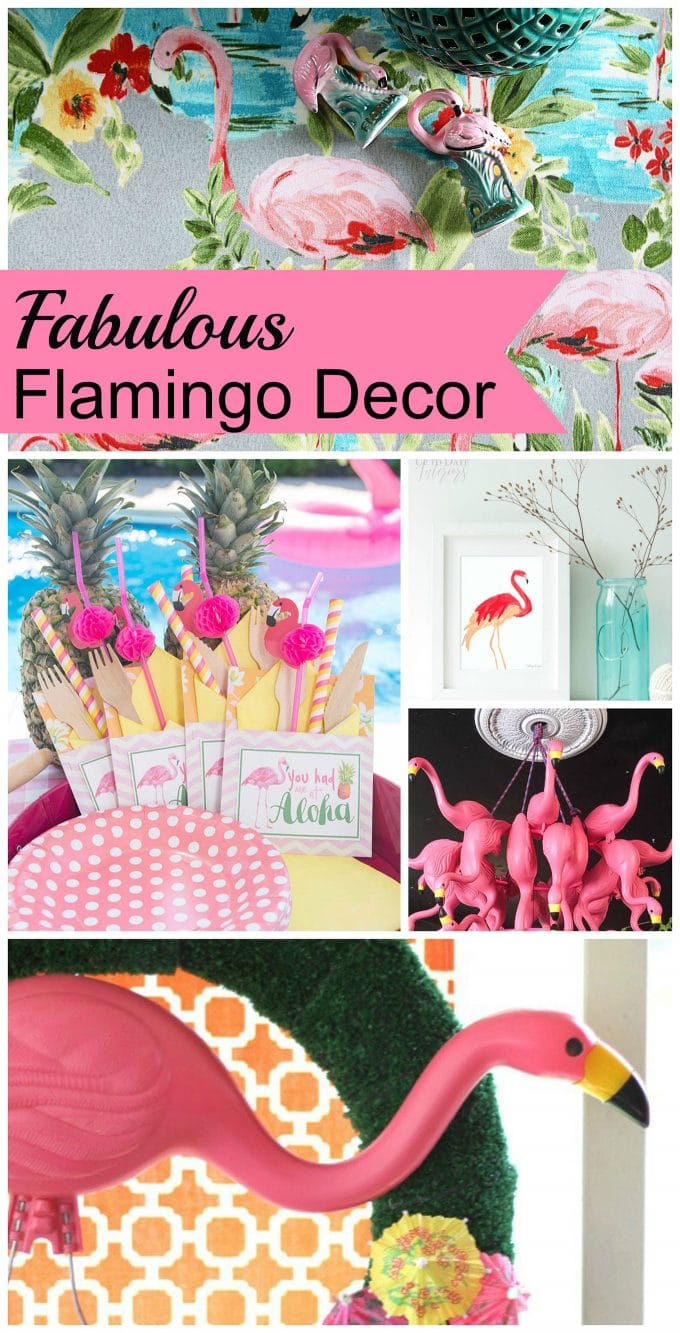
Just choose your target wisely and the charity run will go smoothly. This usually runs until the end of a fundraising event and functions somewhat similarly to the old-school chain letter of the early 2000s.Īs expected, some curmudgeons do not appreciate getting flocked, but for the most part, it’s a fun engagement intended for charitable causes. The sign explains the placing of the flock for charitable reasons and identifies the charities as well.įlocking victims can then pay a fee to have the flock removed, select the next victim, and the flock can then descend on another yard. Regularly, in the darkness, an organization sets up a flock of flamingos in the yards of homes or businesses with a sign accompanying the flock. Over recent years, pranksters, fundraisers, and charities have set up flamingo “invasions,” or flocking of plastic flamingos. Enthusiasts enjoyed drinks from flamingo glasses, ate from flamingo plates, and enjoyed their evenings by the light of flamingo-shaped candles. By the early 1980s, the flamingo theme was an actual decorating theme.
Pink flamingo decorations movie#
A surprising fact is that the movie was not about the birds, but rather about drag queens.Īfter the movie, pink flamingos’ popularity went up, decorating gay bars, being printed on shirts, and taking up spaces in college campuses. The birds re-emerged as a kitsch icon, with many pointing to the movie as something that put the birds back into public consciousness. John Waters’s 1972 movie ‘Pink Flamingos’ is attributed to the pink beauty’s remaining power. They are, however, still available today on platforms such as Amazon.

The situation was further toughened for the flamingoes in 1970 as American giant Sears quit selling them.


Cultural critics were tough on the cheerful lawn decor, and magazines encouraged the public to rid their gardens of gnomes, tiki statues, and lighthouses. Around this time, people were encouraged to ditch plastics and return to natural materials. The tropical joy run unabated until the turn of the decade into the 1960s. The flamingos were instantly popular among the American public, with buyers grabbing pairs at a fair introductory cost. It took two weeks to develop molds for the birds, with their manufacture using polystyrene and injection molding. Pink was an extremely on-trend color, and since there weren’t a lot of pink animals to work with, flamingoes enjoyed uncontested attention.įeatherstone relied on National Geographic photos to create originals as actual live flamingos were scant in supply in Leominster. The pink plastic flamingo was his masterpiece at the establishment.

In 1957, artist Don Featherstone was part of the Union Products of Massachusetts. Their fairly exotic pinkness matched well with the rattan furniture and dreams of Florida beach houses. The tradition of having plastic pink flamingos in gardens began in the 1950s when American homeowners could purchase them on everything, from wallpaper to upholstery fabric and paint-by-number paintings. Let’s dig deeper and get a better understanding of what a pink flamingo means, its relations to John Walter’s 1972 film, and the irony of its different meanings over time. Since their 1950s origins, their meaning has evolved from a joyful symbol of kitsch to a symbol of low-class humor, and slowly into what is today a fun charity project known as flocking. Pink flamingos are a common ornament in American backyards. Store-bought sculptures, accent pieces, and other decorative pieces make our outdoor spaces shine. If you are looking for a quicker, more efficient way, garden ornaments are an important consideration. From flower beds to gardens, backyards have numerous ways to spruced up, needing just a bit of creativity and elbow grease.


 0 kommentar(er)
0 kommentar(er)
